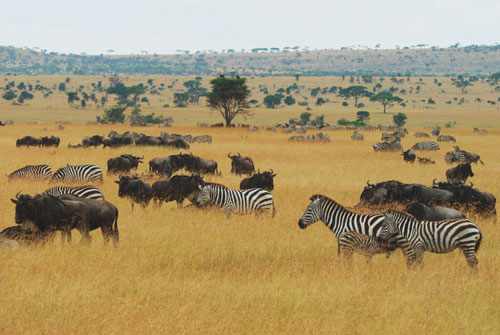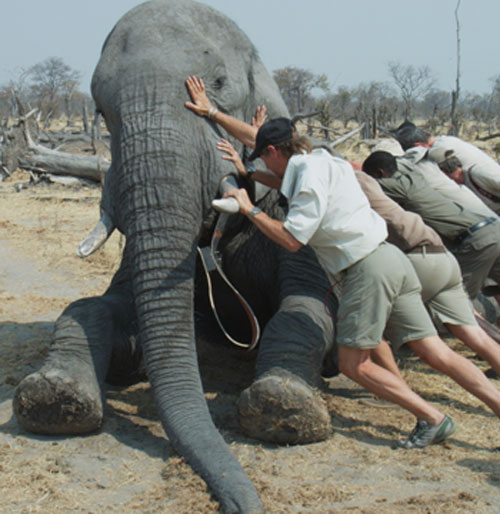
Connectivity is not limited to terrestrial parks and preserves. The world’s oceans have the same needs – species must have safe core areas and be able to migrate between them. The decimation of most marine life calls for a system of marine protected areas, and, like on land, they need connectivity to thrive.
The Eastern Tropical Pacific Seascape
The Eastern Tropical Pacific Seascape (ETPS) supports marine conservation and sustainable use of resources in the national waters, coasts and islands of Colombia, Costa Rica, Ecuador and Panama. Under a voluntary agreement, the San José Declaration, the countries have agreed to cooperate to improve stewardship of their shared marine environment.
The Eastern Tropical Pacific Seascape is home to five World Heritage Sites declared by UNESCO, bearing witness to its outstanding natural value. Among these sites are the Galapagos Islands, home of some of the most unique wildlife in the world. Cocos Island National Park in Costa Rica features one of the most dramatic gatherings of pelagic fish on the planet – a storied concentration of sharks, whales, and deep water species. The Seascape embraces Colombia’s Malpelo Fauna and flora Sanctuary and Coiba National Park in Panama. All these are connected by eight hundred thousand square miles (2,000,000 sq. km.) of ocean. The ETPS initiative is working to improve management of the eleven core Marine Protected Areas in the region so that priority species and habitats are conserved and adjacent communities benefit from becoming resource stewards.Scott Henderson of Conservation International is Director of Marine Conservation for this project: “Our core principles include partnership and bridge building between sectors to produce cost-effective marine conservation results across all scales, from the local to the regional. The ETPS has helped mobilize nearly 80 organizations to support governments, local communities, and the private sector to conserve and sustainably use the marine environment on which ocean health and human well-being depends.”
The Tri-national Sea Turtle Corridor
Spanning a daunting 7.8 million hectares this ocean-based conservation corridor will attempt to protect the regions vital marine biodiversity. It features mangrove forests, coral reefs and seagrass beds – habitats at risk from overfishing, poorly planned coastal development and siltation.
The sea turtles that frequent the waters here are nature’s barometers: key indicators of just how badly the tri-national marine environment is fairing. They are the species Conservation International will use to gauge the success – or failure – of their endeavour as they continue work with Government representatives and local stakeholders to protect this critical habitat.
Pacific Oceanscape
Some 23 Pacific island nations and territories have come together to create the Pacific Oceanscape, a framework to conserve and sustainably manage this vast, shared region of islands and ocean for generations to come.

